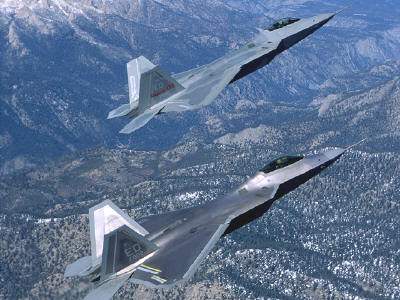What $858-Billion Buys
Following the Biden administration’s addition of $45-billion to initial defense budget requests, lawmakers have made public a compromised version of the National Defense Authorization Act (NDAA)—a convoluted feat of legislative and fiscal legerdemain slated to cost U.S. taxpayers a dizzying $858-billion.

In the baleful blast of a $23.3-trillion federal deficit, the United States Senate Committee on Armed Services proclaimed: “We are pleased to announce we’ve come to a bipartisan, bicameral agreement on this year’s National Defense Authorization Act.” The Senators lauded their own efforts, referring to the revised agreement as a continuation of a “62-year tradition of working together to support our troops and strengthen America’s national security,” and urged Congress and Joe Biden to ratify the act tout suite.
The NDAA’s language connotes the Pentagon’s ambitions to develop and field next-generation aircraft and high-tech battlefield technologies for purpose of countering increasingly relevant Chinese and Russian threats.
An online summary of the 2023 NDAA states the act “focuses on the most vital national security priorities for the United States, including strategic competition with China and Russia; disruptive technologies like hypersonic weapons, artificial intelligence, 5G, and quantum computing; and modernizing our ships, aircraft, and vehicles.” The summary also cited funding requests for the nebulous, highly subjective business of “improving the lives of our servicemembers and their families.”
In all, the 2023 NDAA bill proposes to allocate $816-billion to the Department of Defense, $30.3-billion to the Department of Energy, and $10.9-billion to defense-related activities outside NDAA jurisdiction. In addition to its stated funding objectives, the bill will allocate up to $6-billion to “unforeseen higher-priority needs” that may arise at a later time “in accordance with normal reprogramming procedures.”

The United States Air Force looks to ply its NDAA monies to adding more F-35s, EC-37Bs, HH-60W Jolly Green II combat rescue helicopters, and E-7 Wedgetails to its fleet. The bill also grants the Air Force leave to retire 21 of its Fairchild Republic A-10 Thunderbolt IIs—thereby actualizing in part the service’s long-standing aspiration to divest itself of the stalwart but aging ground-support aircraft.
The Air Force’s desire to retire the venerable A-10 derives of the belief espoused by analysts that the low, slow, well-armored, demonstrably lethal jet would not survive a war against a near-peer adversary with modern air defenses—such as China.
Air Force Chief of Staff General Charles Q. Brown told lawmakers in April 2022: “The A-10 is a great platform for a [permissive] environment. I don’t see very many [permissive] environments that we’re going to roll into in the future.” Whether or not General Brown has yet kicked the football proffered by his nemesis, Lucy, remains unknown.

Notwithstanding the veritable cornucopia of boons the NDAA grants the Air Force, the legislation would negate the service’s plan to retire 33 Block 20 F-22 Raptors—for the time being, anyway. Subject F-22s are utilized primarily for pilot training purposes on account of they’re not combat-capable. Lawmakers have disallowed the retirement of the 33 jets until the Air Force presents Congress with a detailed plan explaining how F-22 pilots—in the absence of the retired planes—would be trained without pulling combat-capable Raptors from service.
The NDAA would also preclude the retirement of any further B-1B Lancer bombers or associated personnel until the end of September 2023. The Air Force would be further prohibited from mothballing any F-15 fighters until Secretary of the Air Force Frank Kendall provides lawmakers a report detailing how such retirements would affect the service’s missions, personnel, force structure, and budgeting, and explaining the means by which USAF brass would solve readiness shortcomings arising from a paucity of F-15s.
Not to be out-endowed by their Air Force brethren, the U.S. Navy and Marine Corps—by dint of the revised NDAA—would receive: 15 F-35Bs, 16 F-35Cs, eight F-18E/F Super Hornets, 12 CH-53K helicopters, seven E-2D Hawkeyes, five KC-130J tankers, three unmanned MQ-4 Tritons, and four MQ-25 Stingray aerial refueling drones.
 Sierra Space Repositions Dream Chaser for First Mission
Sierra Space Repositions Dream Chaser for First Mission ANN's Daily Aero-Term (05.10.24): Takeoff Roll
ANN's Daily Aero-Term (05.10.24): Takeoff Roll Aero-News: Quote of the Day (05.10.24)
Aero-News: Quote of the Day (05.10.24) Aero-News: Quote of the Day (05.11.24)
Aero-News: Quote of the Day (05.11.24) ANN's Daily Aero-Term (05.11.24): IDENT Feature
ANN's Daily Aero-Term (05.11.24): IDENT Feature





